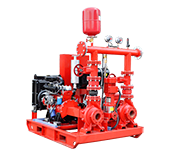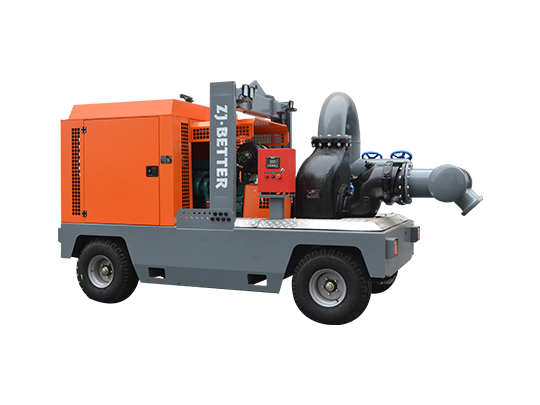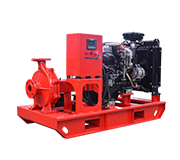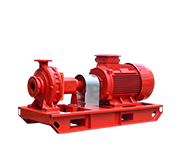A pump is a machine that delivers or pressurizes a liquid. It transfers the mechanical energy of the prime mover or other external energy to the liquid, increasing the energy of the liquid.
The pump is mainly used to transport liquids such as water, oil, acid and alkali, emulsion, suspoemulsion and liquid metal, as well as liquids, gas mixtures and liquids containing suspended solids.
Pumps can usually be divided into three types according to the working principle: positive displacement pumps, power pumps and other types of pumps. In addition to being classified according to the working principle, they can be classified and named by other methods. For example, according to the driving method, it can be divided into electric pump and water pump, etc.; according to the structure, it can be divided into single stage pump and multistage pump; according to the application, it can be divided into boiler feed water pump and metering pump; According to the nature of the liquid to be transported, it can be divided into water pumps, oil pumps and mud pumps.
There is a certain interdependent relationship between the various performance parameters of the pump, which can be represented by a curve, called the characteristic curve of the pump. Each pump has its own specific characteristic curve.
.jpg)
Second, the definition and historical source of the pump
A machine that delivers or pressurizes a liquid. A pump in a broad sense is a machine that delivers or pressurizes a fluid, including some machinery that delivers gas. The pump transfers the energy of the prime mover's mechanical or other energy to the liquid, increasing the energy of the liquid.
The promotion of water is very important for human life and production. There have been various water-lifting devices in ancient times, such as the chain pump of Egypt (the first 17th century), the shadoof of China (the first 17th century), the windlass (the first 11th century), the waterwheel (the 1st century AD), and the 3rd century BC. Ancient Greek Archimedes invented the screw rod and so on. Around 200 BC, the ancient Greek craftsman Ketsibisius invented the most primitive piston pump-fire pump. As early as 1588, there was a record of the 4-blade vane pump, and various other rotary pumps appeared in the future. In 1689, France's D. Papan invented the volute centrifugal pump with a 4-bladed impeller. In 1818, centrifugal pumps with radial straight blades, semi-open double suction impellers and volutes appeared in the United States. From 1840 to 1850, H.R. Worthington of the United States invented a piston pump that directly operated the steam opposite the pump cylinder and the steam cylinder, marking the formation of a modern piston pump. From 1851 to 1875, multi-stage centrifugal pumps with vanes were successively invented, making it possible to develop high-lift centrifugal pumps. Subsequently, various pumps were introduced. With the application of various advanced technologies, the efficiency of the pump is gradually improved, and the performance range and application are also expanding.






